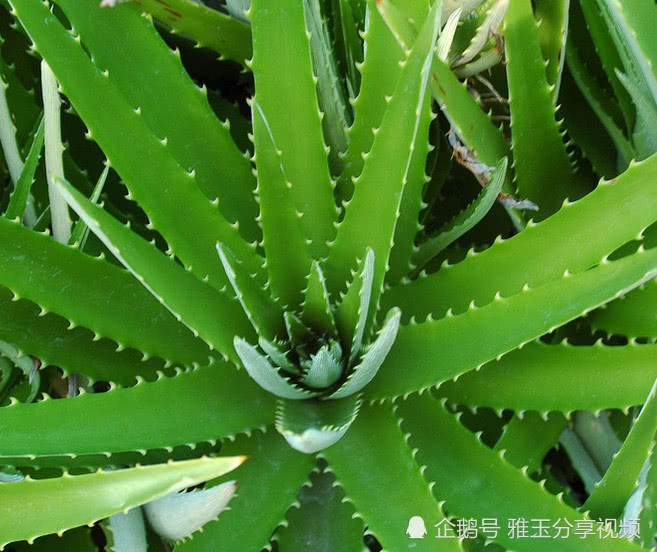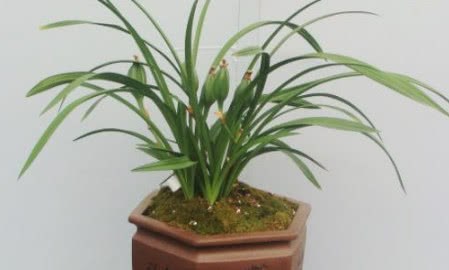That's what it means to see dry and wet. I never understood. No wonder you can't raise flowers well.

Now walking across the street, I feel that I can meet a lot of flower shops, which shows that there are more and more people growing flowers, because everyone thinks that growing flowers is a beautiful enjoyment, and the benefits that growing flowers bring to your people can not be clearly explained in one or two words, which can only be realized by people who grow flowers. However, when we are growing flowers, both novices and experienced veterans are easy to encounter the problems of watering and fertilizing. Flower growers all understand the truth that "one-third of flowers depend on fertilizer and seven percent on water." but few people can really master them.
What the editor wants to share with you today is about watering. Growing flowers seems simple, but in fact there is a lot of knowledge in it. In the process of growing flowers, if you water too much, it is easy to have yellow leaves, lose leaves, and rot roots. when many people grow flowers, they often do not know themselves and take good care of the flowers and plants, but as soon as they are taken care of, the flowers are watered to death. But many friends know the growth habits of flowers and flowers and their precautions. Flowers and plants grow very well. Growing flowers and watering should follow the principle of "dry and wet", but how many flower friends really understand what it means?
When I first started growing flowers, I thought that "seeing wet" as long as the water seeped from the bottom was watering, but in fact this situation was very easy to cause no water at the roots. "see dry" is to wait until the water in the flowerpot is dry before watering. The result of this understanding is that the flowers are often not raised well. In fact, this understanding is wrong, this is only the literal meaning.
The real dry and wet is that when we find that the surface of the basin soil is beginning to dry, we should prepare to water it, rather than wait until the soil is completely dry before watering it, which is easy to cause the flowers to be short of water, which is not conducive to its growth. If you want to water thoroughly, it is best to let the bottom of the flowerpot seep out of the water, and after watering, we should dig the flower field to check the watering condition to see if it is really thoroughly watered.
Every time I wait until the upper basin soil dries 2cm to 3cm and then water it thoroughly. Since it was watered like this, we have never found the phenomenon of low pulling of the leaves. This is true even on a hot summer day. Later, I bought a special detector to test it, and its data showed that my watering method was correct. What "see dry see wet" really means that when the surface of the potted soil in the flowerpot becomes dry, we have to water it, rather than what we understand, we have to wait until the potted soil is completely dry before watering it. Every time it is watered, it should be watered thoroughly at once, so that there will not be no water at the root. This is the real sense of "dry and wet"!
How many florists like me got it wrong at first? Most of the flowers in our lives, such as gardenia, gentleman's flowers, asparagus and so on, should be watered according to the principle of "see dry and wet". This is an insurmountable hurdle. Only by watering in this way, our flowers will not cause stagnant water or lack of water because of too much watering or too little watering, leading to the phenomenon of rotting roots. If this problem is solved, the flowers will naturally be able to be maintained.
This is the original meaning of "see dry and wet". I never understood it. No wonder I can't raise flowers well! Now do you understand? don't make the same mistake as me again! Well, that's all for today's article. Thank you for your reading. If you want to learn more about flower cultivation, you are welcome to follow the author's hundred Flowers Collection!
- Prev

Aloe vera is not rotten when it is watered like this, and the roots are not dry, green, fat and new buds are sprouting.
Aloe is recognized as easy to raise, as long as not watering too much lead to rot, there will not be too big problems, so how to grasp the degree of watering? To judge whether aloe has been short of water, first check the soil, we can pass.
- Next

Cultivate thousands of orchids, two flowers in one pot and one seedling in hundreds of thousands.
Orchid is a kind of flower with unique style and high ornamental value. Orchids are elegant, green and yellow, mostly, but Susan is very expensive. Orchid fragrance, clarification is not muddy, full of fragrance in the room for a minute. ...
Related
- Wuhan Hospital Iron Tree Blooming Result Was Instantly Frightened by the Gardener Master
- Which variety of camellia is the most fragrant and best? Which one do you like best?
- What is the small blue coat, the breeding methods and matters needing attention of the succulent plant
- Dormancy time and maintenance management of succulent plants during dormancy
- Minas succulent how to raise, Minas succulent plant pictures
- What are the varieties of winter succulent plants
- How to raise succulent plants in twelve rolls? let's take a look at some experience of breeding twelve rolls.
- Attention should be paid to water control for succulent plants during dormant period (winter and summer)
- Watering experience of twelve rolls of succulent plants
- Techniques for fertilizing succulent plants. An article will let you know how to fertilize succulent plants.

